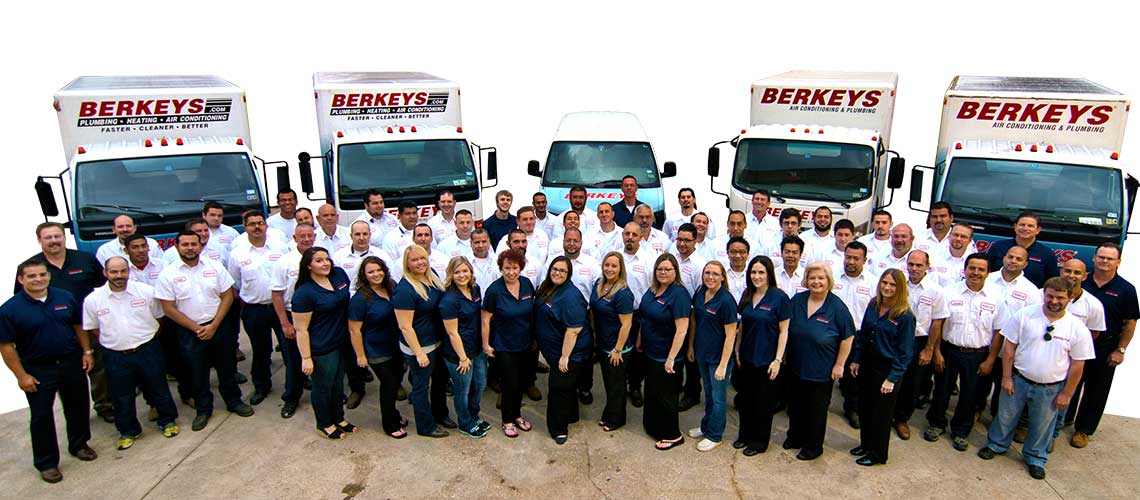Eventually, we all look around our homes and wish we could remodel the kitchen or upgrade the bathrooms. But, sometimes our budgets don’t allow for major projects right then. However, with some careful planning and some weekend Do-It-Yourself projects, we can get a new look with a small price tag. One of those projects is replacing your outdated or dirty backsplash with a new one. HowStuffWorks has an easy guide for that weekend project.
DIY Backsplash: How to Update Your Kitchen in a Flash
Your kitchen backsplash sees a lot of mess, from splattered spaghetti sauce and spilled drinks to cooking grease and normal dust accumulation. Keep your kitchen germ-free by replacing a painted backsplash with easy-to-clean tile – or give your room a new look by replacing your current tile with a new design. Here are five easy steps to redoing your backsplash, even if you’ve never tiled before.
Remove Your Old Backsplash
If your backsplash is just painted wall, then you are ahead of the game and can skip this step. But if you already have tile, vinyl, or another material then you’ll need to pry it off before you can put anything new in its place. A Dremel tool can make it easier to get the first few tiles loose, but expect to chip out most of them with a hammer and chisel. And if your tiles are attached directly to the drywall, then be prepared to replace the drywall as well.
Choose Your Design
The options for a new tile backsplash design can feel almost endless: You’ll find glass tile in plain squares or complicated mosaics, traditional white ceramic subway tile, and designer options that are hand-painted, cut into intricate shapes, or customized to your exact specifications. The prices vary widely, too, so decide on a budget before you start shopping. You’ll also need to choose a grout color, which can alter the finished look of your wall – white tile with dark grout looks very different from monochromatic white on white.
Prep the Area
Attaching your tiles to backer board will help protect your drywall and give the tiles a sturdier adhesion. Once you have it in place, mark the center of the area you plan to tile and extend the line down from there – you’re marking your starting point, which will be the bottom center. If you are planning a tile design, then you should lay it out before you start attaching tiles to the wall to make sure it fits properly (and guarantee that you like it).
Install the Tile
Use a notched trowel to apply mastic or thinset to your walls (the tile dealer can help you make sure you’re using a trowel with the right size notches, and help you figure out whether thinset or mastic is right for your project). Apply mastic or thinset to a small area – about the size of 8 tiles – and press your tiles in to set them. Spacers may also come in handy here so that your finished product is neat and straight.
Finish with Grout
After letting your tiles set for 24 hours in the mastic or thinset, you’re ready to grout. Mix the grout with water according to the instructions on the bag, and use a grout float to spread it over your tiles and fill in the spaces between them. Then use a damp sponge to wipe off any excess grout and let the backsplash dry before buffing with a dry cloth to make your new backsplash shiny and bright.
A little advice from your home improvement store can also go a long way. Many of them have classes on tiling and employees that can help you choose just the right look. Doing these small DIY projects one at a time can have the overall impact of a complete remodel, if planned right. At Berkeys we can help with the major parts of your renovation, like electrical work and plumbing projects.
When you need a dependable, knowledgeable plumber, electrician or HVAC technician in the Dallas/Ft. Worth area, call a name you trust. Berkeys Air Conditioning, Plumbing & Electrical 24/7, Call us 972-439-1581 or visit berkeys.com for questions and scheduling information or on Facebook at Facebook.com/Berkeys.
Click here for more of our Blog Posts.
